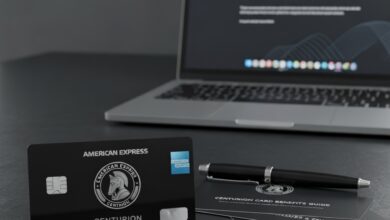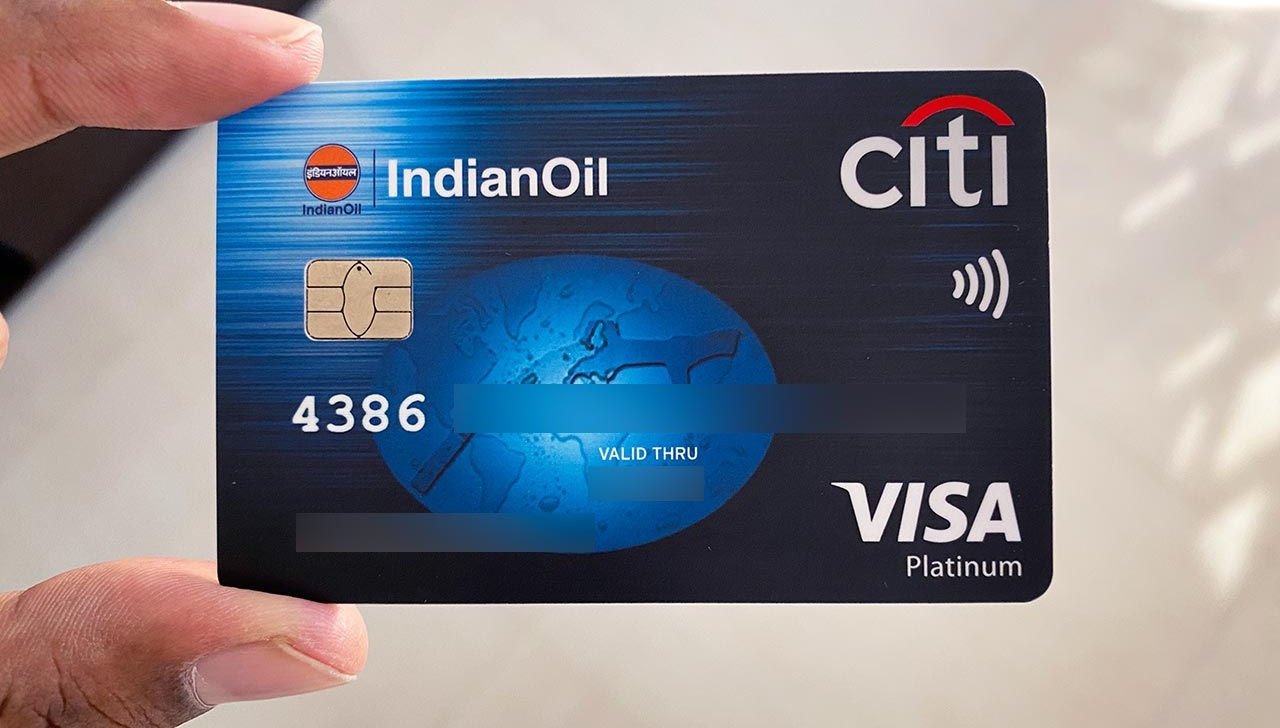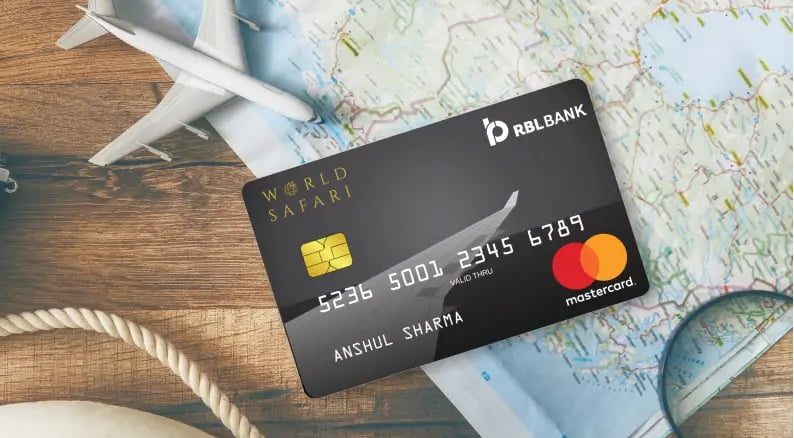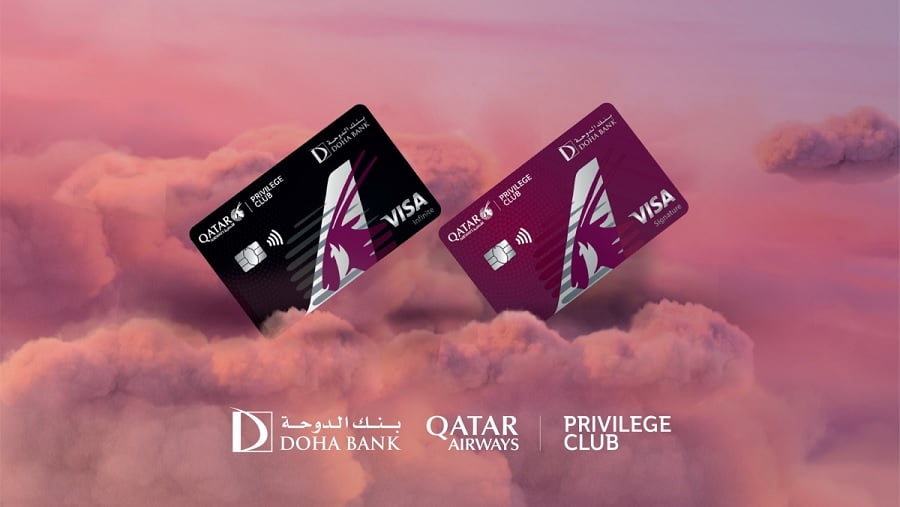Pinnacle Bank Credit Cards Explained – Rates, Perks, and Smart Usage Tips 2025
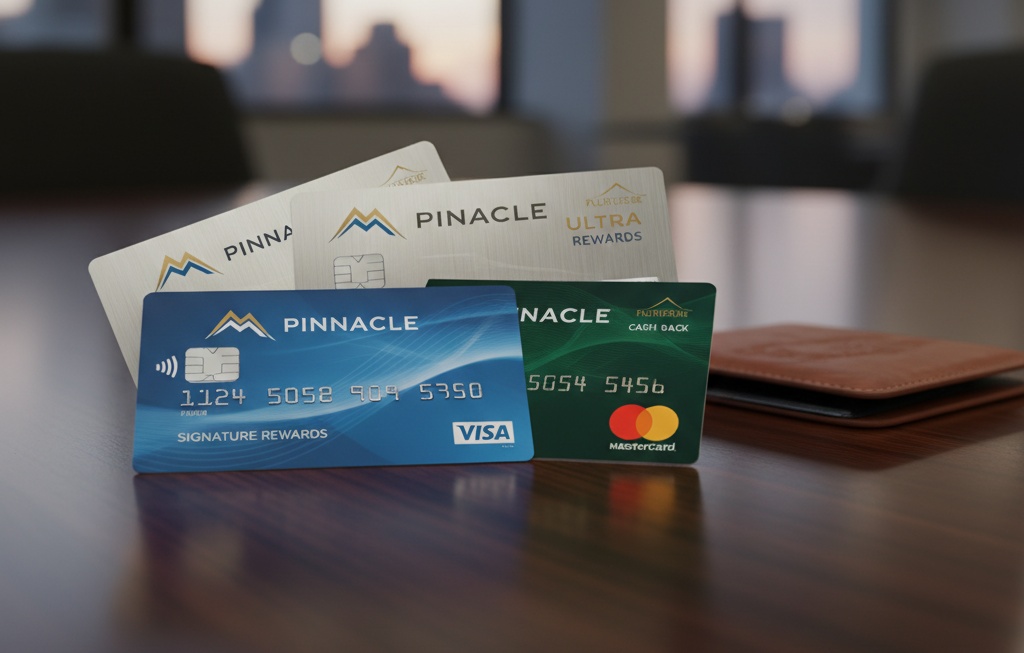
In this article, I dig deep into Pinnacle Bank credit cards — what they are, how they work, what perks and downsides to watch out for, and how you can make the most of them. I’ll walk through personal vs business options, compare rates and features, share tips on responsible use, and answer some common questions. If you’re considering a Pinnacle Bank credit card (or just curious), this should give you a clear picture.
Table of Contents
ToggleWhat Is a Pinnacle Bank Credit Card?
When people refer to a “Pinnacle Bank credit card,” they usually mean a credit card product issued by a bank named “Pinnacle Bank” or a bank branding that uses “Pinnacle.” There are a few different banks and institutions with “Pinnacle” in their name, so features, rates, and types vary depending on region and issuer.
In the U.S., for example, PinnBank (Nebraska / Colorado) offers Visa credit cards for individuals and businesses.
In Texas, Pinnacle Bank offers credit card programs, too.
Also, Pinnacle Financial Partners has Mastercard offerings.
So “Pinnacle Bank credit cards” is a broad term — you’ll want to narrow it by region or specific bank branch to know the exact terms. But the fundamentals tend to be similar: credit lines, interest rates, perks, and risks.
Types of Pinnacle Bank Credit Cards
To make sense of your options, here are the usual categories:
Personal / Consumer Cards
These are the cards you might use day to day — groceries, dining out, travel, etc. With PinnBank (Nebraska / Colorado), they offer a Visa / Visa Gold credit card with rewards and security features like contactless payment and fraud protection.
They advertise “competitive interest rates,” Visa Zero Liability, and rewards via UChoose® Rewards for qualified cardholders.
If you’re running a small business or are self-employed, Pinnacle Bank (or PinnBank) offers business Visa credit cards.
These are designed to help you track expenses, manage cash flow, and give employee cards (with customizable limits) if needed.
One key note: in some business card offers, holders are expected to pay the full balance each month (i.e., no revolving balance) depending on the terms.
Premium / Elite Cards
In some markets (notably outside the U.S.), “Pinnacle” or “Pinnacle World / Pinnacle Elite” is a premium credit card brand with high-end perks (lounge access, concierge services, etc.).
For example, the IndusInd Bank Pinnacle Credit Card in India is marketed as a luxury lifestyle card — with golf privileges, lounge access, concierge services, and more.
If you’re in India (or another country where “Pinnacle” is a premium brand), your card may look very different from a typical PinnBank Visa in the U.S.
Key Features & Benefits
Let’s break down what you can reasonably expect (based on public info) from a Pinnacle Bank credit card, and what to watch out for.
Rewards Program / Points
Many Pinnacle cards come with a rewards program (for personal and business use). For U.S. cards, PinnBank uses UChoose Rewards®, letting you accumulate points for travel, shopping, entertainment, etc..
If your credit score meets a threshold (e.,g. 700 or more), you may unlock better rewards.
In other markets (like India’s IndusInd Pinnacle), reward rates might vary by category (e-commerce, travel, etc.).
Security & Fraud Protection
Pinnacle cards often come with advanced security features:
- Zero Liability: You’re typically not held responsible for unauthorized charges.
- Contactless / Tap-to-pay for safer and faster checkout.
- Fraud monitoring, alerts, and blocking: Many cards will detect unusual spending patterns and alert you.
- For the IndusInd Pinnacle, there is a “Total Protect” feature guarding against unauthorized transactions and counterfeit fraud.
Perks & Add-ons
Depending on the version, you might see:
- Airport lounge access (domestic or international)
- Golf benefits (free games, lessons)
- Concierge services — help with travel, reservations, tickets
- Auto Assist/roadside assistance
- Travel insurance (lost baggage, missed connection, etc.)
- Fuel surcharge waivers
- Welcome gifts, vouchers, or discounts
These perks tend to appear more in premium versions of Pinnacle cards (like the IndusInd Pinnacle).
Interest Rates, Fees & Charges
No rewards or perks matter if interest and fees kill your benefit. Some typical things to check:
- Annual Percentage Rate (APR) on purchases, cash advances, and balance transfers
- Annual fee or membership fees
- Foreign transaction fees
- Late fees, over-limit fees, and penalty APRs
For example, the Pinnacle personal Visa card in Texas has a 12.99% fixed APR on purchases, balance transfers, and cash advances.
Also, it has no annual fee in that version.
Business versions may have different structures or expect full balance repayment.
Application & Eligibility
You’ll need:
- Good to excellent credit (varies by issuer)
- Identification / KYC documentation
- Income/employment proof
- For banking customers, some Pinnacle banks require you to be an existing customer to apply. For instance, PinnBank Nebraska only accepts credit card applications from existing customers.
Also, card approval will depend on your credit history, debt load, and other variables.
How to Choose the Right Pinnacle Card
Since multiple versions are floating around, here’s a step-by-step guide you can follow:
- Identify which “Pinnacle” you’re dealing with: If you’re in the U.S., maybe it’s PinnBank (Nebraska/Colorado or Texas). If you’re in India, it might be IndusInd’s Pinnacle. Knowing the issuer helps you find the actual terms.
- Decide use case: Are you using it for everyday purchases, travel & luxury perks, or business expenses? That choice guides whether a standard, premium, or business card is best.
- Compare rewards vs cost: The points, cashback, or perks outweigh the costs (annual fee, interest)? If you don’t spend enough to get perks, the card might not be worth it.
- Look at interest rates closely.: A low APR is gold if you carry a balance. A premium card with a higher APR might only be good if you pay in full each month.
- Check for hidden fees.s: Foreign transaction costs, late and and overlimit charges—these can erode your gains.
- Read the perks fine print.: Lounge access, concierge services, or golfing benefits can have eligibility criteria, usage caps, or blackout restrictions.
- Credit score & eligibility: Don’t apply for everything. Target a card where you have a decent shot. Too many rejected applications can hurt your credit.
- Plan redemption: If the rewards program is good in certain categories (travel, e-commerce), plan your spending accordingly.
How to Use a Pinnacle Credit Card Responsibly
Having a credit card is like having a water tap in your hand. If you open it wide, the flow (debt) can get out of control. Here’s how to keep it in check:
- Pay in full or well above minimum: Min payments prolong debt. If possible, clear your balance each month to avoid interest.
- Use rewards strategically: Spend more in categories that give higher rewards (if your card has bonus categories).
- Track your spending: Keep an eye on all transactions. Mistakes and fraud happen.
- Stay below your credit limit.: Even if you don’t hit it, going close can increase your utilization, hurting your credit score.
- Watch out for high interest in other categories: Cash advances, balance transfers, and foreign transactions often carry steeper rates.
- Avoid unnecessary cards: Don’t open cards just for bonuses unless you’ll actually benefit.
- Check statements for errors monthly: Dispute unauthorized or wrong charges quickly.
Pros & Cons of Pinnacle Bank Credit Cards
| Pros | Cons |
|---|---|
| Rewards programs can give you value back | Interest rates may be high if you carry a balance |
| Perks like lounge access, concierge, etc. (in premium offerings) | Many perks have limitations or require high spending |
| Security features (fraud alerts, zero liability, contactless) | Fees (foreign transactions, late fees, overlimit) |
| Business cards can help track expenses and issue employee cards | Some issuers require ire existing banking relationship to apply |
| Flexibility of use worldwide (with Visa / Mastercard) | Premium cards may have high annual fees, which reduce net benefit |
Comparisons With Other Credit Cards
Let’s say you’re evaluating a Pinnacle Bank card vs competitor cards (from big banks or premium cards). What stands out?
- Smaller banks might offer better customer service or more forgiving terms, but less global presence.
- Big banks often have larger rewards networks, more partner discounts, and more bonus categories.
- Premium cards from big banks may beat Pinnacle’s perks if you travel a lot, but only if you can justify the cost.
- For business cards, sometimes big banks let you negotiate terms, whereas smaller ones have fixed offers.
So the choice isn’t “is Pinnacle good or bad,” it’s “is Pinnacle the best for you given your profile, spending, and needs.”
Real Examples & Scenarios
Let’s run through a few hypothetical (but realistic) examples to see how a Pinnacle credit card might play out for different users.
Case 1: Everyday Spender
Jane uses her card for groceries, utilities, and dining.
She has a PinnBank Visa with no annual fee, 1 reward point per dollar, and moderate APR. She pays off monthly. She uses the points to get gift cards or small travel discounts. Because she doesn’t spend a ton, the added premium perks don’t help her much. In her case, sticking with a simple version is smart.
Case 2: Travel Enthusiast / Premium Card Holder
Raj has the IndusInd Pinnacle card (in India). He flies often, loves lounge access, and plays golf. He uses his perks frequently—airport lounge access, concierge, golfing benefits. He spends more to earn extra rewards, but justifies the high annual cost because he uses the benefits thoroughly. For him, the premium card is worth it.
Case 3: Small Business Owner
Priya owns a small design firm. She gets a Pinnacle business credit card. She issues employee cards with spend limits, monitors all expenses, and redeems rewards for office travel or equipment. The business card helps her keep personal and business expenses separate and simplifies tax documentation, too.
Case 4: Occasional Credit User
Sam only uses credit for emergencies or rare purchases. He applies for PinnBank’s credit card to have a backup, but he mostly keeps the balance at zero. He doesn’t care much for high rewards or perks. The important things for him are low fees, low interest, and credit availability.
How to Apply & Activate
While the process differs by branch or country, here are the general steps:
- Check eligibility: Review credit score requirements, existing banking relationships, income proof, etc.
- Apply: Many Pinnacle banks (like PinnBank Nebraska) require you to be an existing customer to apply.
Fill in identity proof, income documents, address, etc. - Approval & credit line assignment: If your credit checks out, you’ll be assigned a credit limit.
- Receive the card & activate: Activation often via phone, online portal, or mobile app. For instance, Pinnacle’s World Elite Mastercard is activated by calling a service number.
- Set up online / mobile access: Once active, register for statements, alerts, payments, etc.
- Start using, but responsibly: Use the card for purchases, but monitor everything carefully.
Pitfalls & Risks to Watch Out For
- Carrying a balance: Interest can overwhelm rewards. Always aim to pay in full if possible.
- Hidden fees: Late fees, overlimit penalties, foreign transaction charges, etc., may be buried in fine print.
- Reward devaluation: Points programs can change. What’s generous today might be cut later.
- Perks under-utilization: You may pay for benefits (like lounge access) but never actually use them, making the cost > benefit.
- Credit score impact: High utilization, too many card applications, or late payments can damage your score.
- Limited network/acceptance: In some regions, a “Pinnacle” card might not be widely accepted abroad or may require co-issuers.
FAQs
Q. Is a Pinnacle Bank credit card good for international travel?
It depends on the model. Some Pinnacle cards (Visa or Mastercard) are widely accepted. But watch foreign transaction fees. If your Pinnacle card includes travel perks (lounge access, global insurance), it can be very helpful.
Q. Can I carry a balance month to month?
Yes — unless it’s a business card that requires full payoff. But carrying a balance means interest will erode any rewards you earn. It’s best to pay in full if you can.
Q. Do I need to be a Pinnacle Bank customer to apply?
Yes, in some cases. For example, PinnBank Nebraska requires you to be an existing customer to apply for a credit card. pinnbank.com
Q. What credit score is needed for approval?
It depends. For many rewards or premium versions, you may need a good to excellent credit score (often 700+). For more basic versions, a mid-level score might suffice. Always check with the issuer.
Q. How do I redeem rewards?
Usually via the bank’s portal or rewards program site (e.g., UChoose). You can redeem for travel, gift cards, statement credits, etc. Terms vary by issuer.
Q. Do Pinnacle credit cards have annual fees?
Some do, some don’t. For example, in Texas, the Pinnacle Visa has no annual fee. But premium or elite versions often carry annual membership fees to support perks.
Q. What happens if my credit card is stolen?
Most Pinnacle cards come with fraud protection and zero liability for unauthorized charges (as long as you report them promptly). Some premium versions also provide “Total Protect” or extended protection.
Conclusion
If you’re considering a Pinnacle Bank credit card, you’re in a promising place. These cards often balance rewards, security, and useful perks. But as with any credit tool, they’re only powerful when used smartly. Match the version to your needs (personal vs business, standard vs premium), read all terms carefully, and plan your strategy (payments, redemption, usage.
In short: don’t let the perks seduce you into poor habits. Use your Pinnacle card like a tool, not a crutch. Do that, and it can be a key to convenience, rewards, and smarter financial moves.
